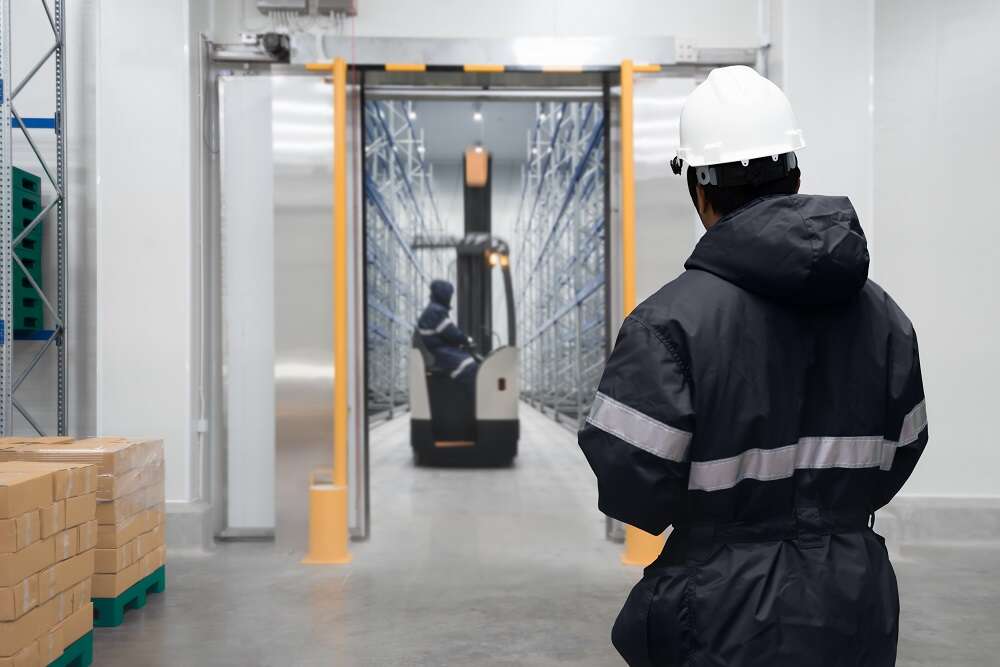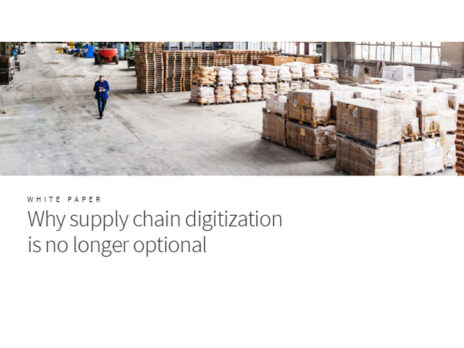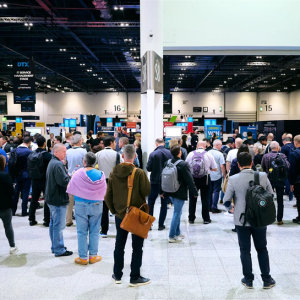
Anyone working in modern F&B will tell you that supply chains can be vast, complex, but until you examine the numbers, the scale of the industry can be hard to grasp. According to 2022 work by NetSymm, the average B2B buyer makes a bewildering 428 business-critical orders each day, while sector giants like Walmart boast an address book of suppliers reaching above the 100,000 mark.
Given the complexity of getting products from farm to fork, it makes sense that F&B companies require total supply chain visibility, and that’s before you factor in growing regulatory pressures, to say nothing of the rising disruption caused by labour and shipping shortages.

Unfortunately, however, many F&B firms have long relied on outdated and inflexible data management systems, platforms which silo information and prevent staff from understanding their supply chains holistically. But by investing in modern ERP tools, expressly designed for F&B, companies can quickly get to grips with even the most sophisticated supply chains – keeping customers satisfied, regulators happy, and orders ticking over.
Complex F&B supply chains
Contemporary F&B supply chain complexity can be understood from a number of angles. One is simply the inherent scale of the sector – one embracing R&D, manufacturing, quality control, distribution and more. But beyond that, argues Marcel Koks, are changing customer habits.
Since the 1980s, explains the industry and solution strategy director of food and beverage at Infor, product portfolios across F&B have “exploded,” obliging manufacturers to broaden their search for ingredients regardless of the time of year.
Together with new crop varieties, combined with shifting consumer expectations in areas like pack size and sustainability, it’s unsurprising that Koks should claim that “longer, increasingly complex supply chains” are now the new norm.
At the same time, these epochal transformations are shadowed by more recent pressures. One centres on regulation. Lawmakers on both sides of the Atlantic have tightened the rules around F&B transparency, with the FDA’s Food Safety Modernisation Act requiring firms to thoroughly document how products are made, a fact that undoubtedly puts added strain on manufacturers to trace suppliers and shippers alike. The EU is also working on a Product Passport directive.
Then there’s the continuing aftermath of Covid-19. With the pandemic upending schedules – and lockdowns derailing long-established shipping routes – F&B is yet to fully recover. If anything, that’s clear from the numbers, with an October 2022 survey co-authored by Food Shippers of America finding that labour and talent problems blight a full 49% of food shipping firms, while 35% struggle with planning for sudden disruptions in supplies.
If all these issues should logically push F&B firms to invest in robust data management tools, giving them the flexibility to adapt in the face of legal and logistical changes, that’s not always possible. In essence, Koks says this is down to the tools available to them. “With traditional on-premises software, you implement the solution, and after three or four years discover that you’ve outgrown the solution,“ he explains, adding that migrating to another platform wastes time and money too.
That’s echoed by more fundamental limitations intrinsic to older supply chain management systems. Without the ability to track where exactly produce is, or else track when a certain supplier is processing orders too slowly, it’s obviously much harder to plan for disruptions – let alone fulfil customer demands or regulatory requirements.
It goes without saying, meanwhile, that the consequences here can be severe. For one thing, they risk sparking shortages or delays, a fate suffered by a full 95% of respondents, according to a 2021 poll by the American National Restaurant Association. That, in turn, can cause reputational damage, hardly ideal when brand trust is vital to almost 90% of worldwide consumers. Even worse, an inability to track supply chains can result in dangerous products, harming customers and potentially resulting in significant fines.
Specialised ERP solutions
With these difficulties in mind, it’s no wonder that F&B companies should increasingly be adopting specialised ERP solutions. “Better demand forecast data, visibility deep into supply tiers, hedging and buffering” are just some of the advantages Koks lays out, an argument confirmed if you examine the best platforms in detail.
When it comes to demand planning, for example, tools like Infor’s use advanced statistical forecasting, as well as external data sources like weather reports, to ensure industry experts know exactly how much stock they’ll need – forestalling shortages and helping manufacturers react quickly to a sector in flux.
In a similar vein, Koks explains how cloud-based ERPs can support supply planning too. If, for instance, ERPs are dovetailed with Internet of Things (IoT) scanners that check product quality, the resulting data can inform managers about potential weak links in the supply chain – or else dictate the price of produce approaching its sell-by date.
If this last example doubtless ticks a range of consumer-centric boxes, sustainability and health and safety among them, ERPs like CloudSuite Food & Beverage can equally boost regulatory procedures. By carefully gathering and analysing the relevant data, after all, even the biggest manufacturers can rapidly provide legally mandated figures on everything from calorie counts to added sugars.
Nor can cloud-based platforms merely provide insight on products. On the contrary, exploiting global data analysis tools can help firms manage human capital too. Offering managers total employee visibility, it means every link in the supply chain is adequately staffed, while also improving workforce effectiveness. Given how many other challenges F&B supply chain currently face, that’s surely a good start.







